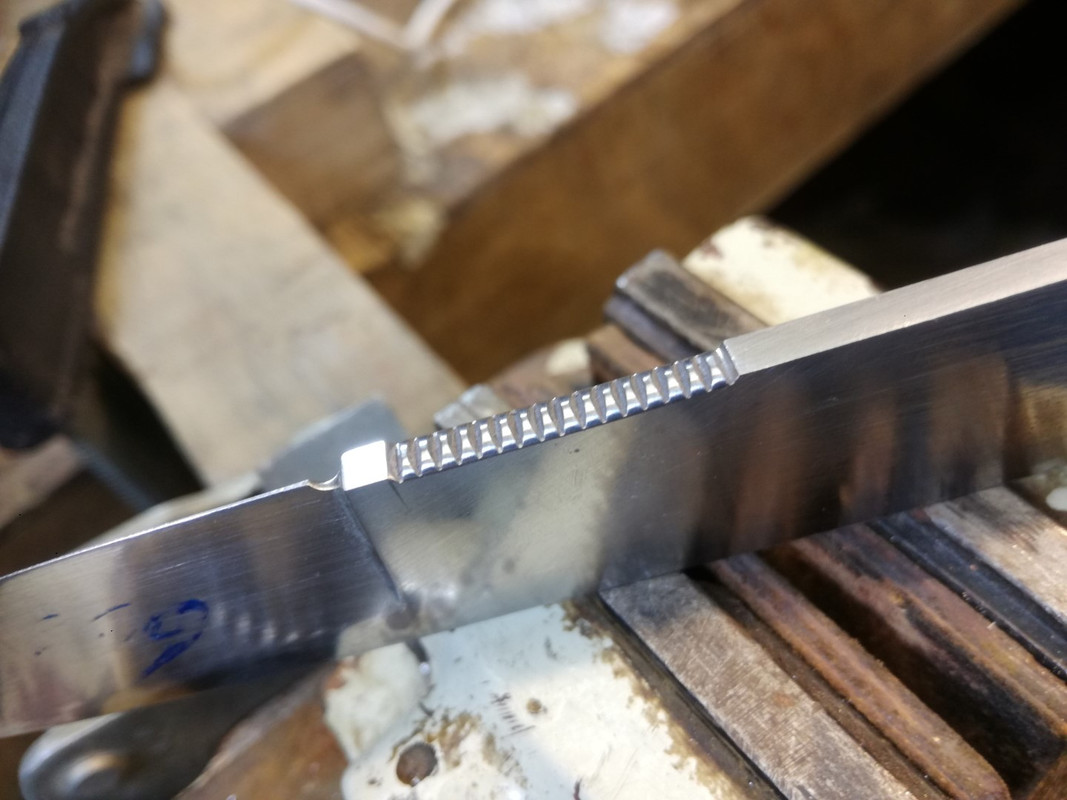Hi All,
I’m looking for a recommendation on good tools I can use to add jimping and other marks to some of my knives.
From what I saw a Swiss Grobet 20 line per inch checkering file was the tool people used. A Bruce Bump carbide faced file guide was also highly recommended.
I just do this for fun. I can understand getting a higher quality checkered file, but are there more cost efficient alternatives to a $250 file guide for DIYR like myself?
Also, if you recommend any good tutorials on how to do this and other handy fixits I’m receptive to your advice.
Thank you in advance for taking the time to read my post.
Best regards,
Matthew
I’m looking for a recommendation on good tools I can use to add jimping and other marks to some of my knives.
From what I saw a Swiss Grobet 20 line per inch checkering file was the tool people used. A Bruce Bump carbide faced file guide was also highly recommended.
I just do this for fun. I can understand getting a higher quality checkered file, but are there more cost efficient alternatives to a $250 file guide for DIYR like myself?
Also, if you recommend any good tutorials on how to do this and other handy fixits I’m receptive to your advice.
Thank you in advance for taking the time to read my post.
Best regards,
Matthew



